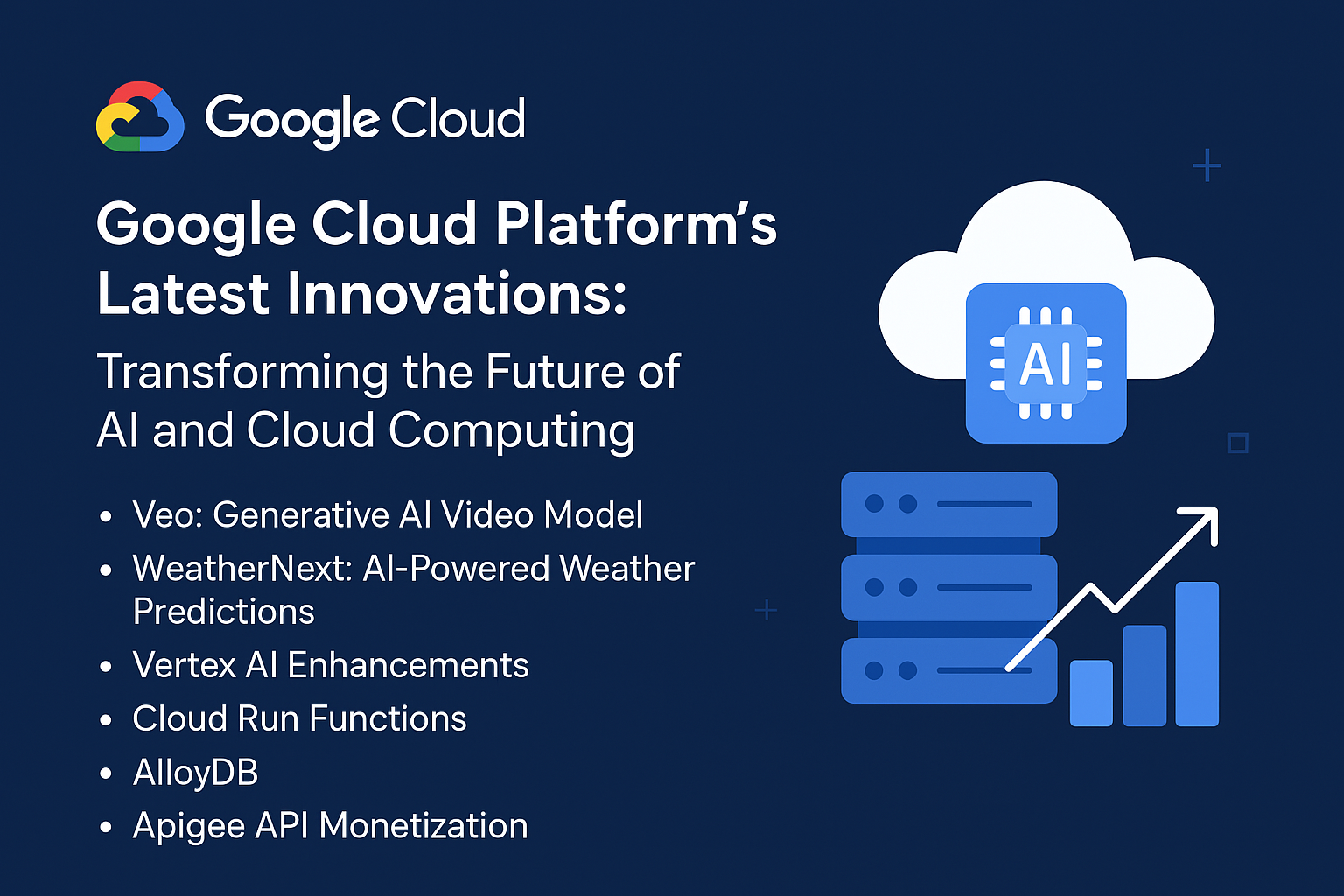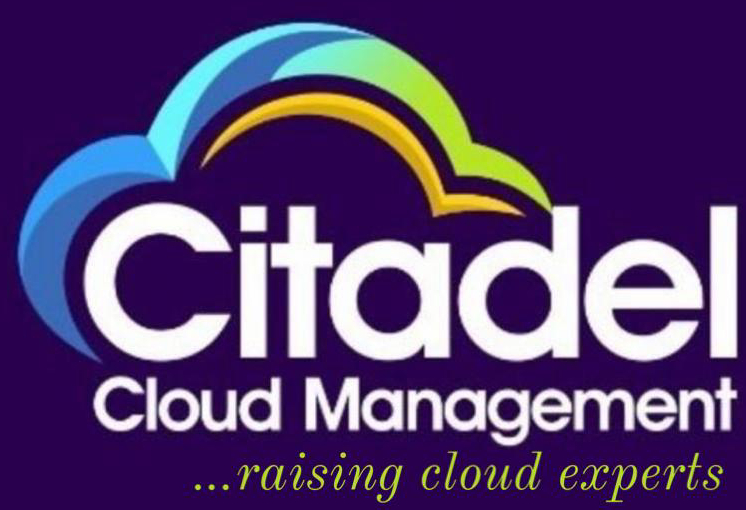
Future Trends in Cloud Governance, Risk, and Compliance
citadelcloud
As organizations increasingly migrate to the cloud, the complexities surrounding governance, risk, and compliance (GRC) become more pronounced. In an era where data breaches and regulatory scrutiny are rampant, companies must adopt robust frameworks to manage their cloud environments effectively. This article explores the future trends in cloud GRC that will shape how businesses approach their governance, risk management, and compliance strategies.
1. Integration of Automation and AI in GRC Processes
Automation and artificial intelligence (AI) are set to revolutionize cloud GRC by streamlining processes and enhancing decision-making.
1.1 Automated Compliance Monitoring
As regulatory requirements evolve, maintaining compliance becomes a daunting task. Automated compliance monitoring tools can continuously assess cloud environments against regulatory standards, enabling organizations to identify gaps and take corrective actions in real-time.
1.2 Risk Assessment Automation
AI-driven risk assessment tools will leverage machine learning algorithms to analyze vast amounts of data, identifying potential risks and vulnerabilities. This automation will not only speed up the risk assessment process but also provide organizations with insights into emerging threats.
1.3 Predictive Analytics for Risk Management
Predictive analytics will enable organizations to anticipate risks before they materialize. By analyzing historical data and identifying patterns, businesses can implement proactive measures to mitigate potential threats.
2. Emphasis on Data Privacy and Protection
With the increasing focus on data privacy, cloud GRC strategies will need to prioritize data protection measures.
2.1 Strengthening Data Governance Frameworks
Organizations will need to establish comprehensive data governance frameworks that define data ownership, access controls, and data lifecycle management. This will ensure that sensitive data is adequately protected throughout its lifecycle.
2.2 Enhanced Data Encryption and Masking Techniques
As data breaches become more common, advanced encryption and masking techniques will play a crucial role in protecting sensitive information stored in the cloud. Organizations will adopt these technologies to safeguard data both at rest and in transit.
2.3 Compliance with Global Data Protection Regulations
As data protection regulations such as GDPR and CCPA become more stringent, organizations will need to align their cloud GRC strategies with these laws. This alignment will require regular audits and assessments to ensure compliance.
3. Cloud Vendor Management and Third-Party Risk
As businesses increasingly rely on third-party cloud providers, managing vendor risks will become a critical component of cloud GRC.
3.1 Comprehensive Vendor Assessment Frameworks
Organizations will need to develop comprehensive vendor assessment frameworks that evaluate the security and compliance posture of cloud service providers. This will include reviewing their data protection policies, incident response plans, and regulatory compliance.
3.2 Continuous Monitoring of Vendor Performance
Continuous monitoring of third-party vendors will ensure that they adhere to established security standards and regulatory requirements. Organizations will leverage technology to track vendor performance and compliance in real-time.
3.3 Establishing Clear SLAs and Contracts
Clear service level agreements (SLAs) and contracts with cloud vendors will be essential to define expectations and responsibilities. These agreements should outline security requirements, compliance obligations, and procedures for addressing data breaches.
4. Evolving Regulatory Landscape
The regulatory landscape surrounding cloud computing is continually evolving, and organizations must stay abreast of these changes.
4.1 Proactive Engagement with Regulatory Bodies
Organizations will need to engage proactively with regulatory bodies to stay informed about emerging regulations and standards. This engagement will enable businesses to adapt their GRC strategies accordingly.
4.2 Implementing Flexible Compliance Frameworks
As regulations change, organizations will benefit from implementing flexible compliance frameworks that can be easily adjusted to meet new requirements. This adaptability will minimize the risk of non-compliance and associated penalties.
4.3 Emphasis on Transparency and Accountability
Regulators are increasingly emphasizing transparency and accountability in cloud operations. Organizations will need to demonstrate their commitment to compliance by maintaining detailed records of their GRC activities and decisions.
5. Cybersecurity as a Central Component of GRC
Cybersecurity is paramount in the context of cloud GRC. With cyber threats becoming more sophisticated, organizations must integrate cybersecurity into their GRC strategies.
5.1 Holistic Cyber Risk Management
A holistic approach to cyber risk management will involve identifying, assessing, and mitigating risks across the entire cloud environment. Organizations will need to consider both technical and operational risks to develop comprehensive risk management strategies.
5.2 Employee Training and Awareness Programs
Human error remains a significant factor in data breaches. Organizations will prioritize employee training and awareness programs to educate staff about cybersecurity best practices and the importance of compliance.
5.3 Incident Response and Recovery Planning
Effective incident response and recovery planning will be crucial for organizations to minimize the impact of cyber incidents. Businesses will develop and regularly test their incident response plans to ensure a swift and coordinated response to potential threats.
6. Adoption of a Risk-Based Approach to GRC
Organizations are shifting towards a risk-based approach to GRC, focusing on prioritizing risks based on their potential impact on the business.
6.1 Risk Prioritization and Resource Allocation
By identifying and prioritizing risks, organizations can allocate resources more effectively to address the most critical issues. This approach will enhance overall risk management and compliance efforts.
6.2 Continuous Risk Assessment
Continuous risk assessment processes will enable organizations to adapt to changing threat landscapes. Regular reviews and updates to risk assessments will ensure that GRC strategies remain relevant and effective.
6.3 Alignment of Business Objectives with GRC Strategies
Aligning GRC strategies with overall business objectives will ensure that organizations can achieve their goals while managing risks effectively. This alignment will promote a culture of compliance and risk awareness throughout the organization.
FAQs
Q1: What is cloud governance?
Cloud governance refers to the set of policies, processes, and standards that organizations implement to manage their cloud resources effectively. It encompasses decision-making authority, risk management, and compliance with regulatory requirements.
Q2: Why is risk management important in cloud environments?
Risk management is crucial in cloud environments to identify, assess, and mitigate potential threats that could impact data security, compliance, and business operations. A proactive approach to risk management can prevent costly breaches and ensure regulatory compliance.
Q3: How can organizations ensure compliance with cloud regulations?
Organizations can ensure compliance by establishing comprehensive compliance frameworks, conducting regular audits, and leveraging automation tools for continuous monitoring of their cloud environments against regulatory standards.
Q4: What role does employee training play in cloud GRC?
Employee training plays a vital role in cloud GRC by raising awareness about cybersecurity risks and compliance requirements. Educating staff on best practices can help minimize human error and improve the overall security posture of the organization.
Q5: How can organizations effectively manage third-party vendor risks?
Organizations can effectively manage third-party vendor risks by developing comprehensive vendor assessment frameworks, continuously monitoring vendor performance, and establishing clear SLAs and contracts that outline security and compliance obligations.
Conclusion
As cloud adoption continues to grow, organizations must stay ahead of the curve by embracing emerging trends in cloud governance, risk, and compliance. By leveraging automation, prioritizing data privacy, managing third-party risks, and adapting to the evolving regulatory landscape, businesses can build robust GRC frameworks that protect their assets and ensure compliance. As we move further into the future, a proactive and integrated approach to cloud GRC will be essential for organizations to thrive in an increasingly complex digital landscape.
Table of Contents
Latest Articles

ADDRESS
Houston, Texas USA
US LINE
+1 (346) 652-4970
NIGERIA LINE
081 2852 0152
MAIL ADDRESS
info@citadelcloudmanagement.com
QUICK LINKS
- © 2025. All Rights Reserved By Citadel Cloud Management
